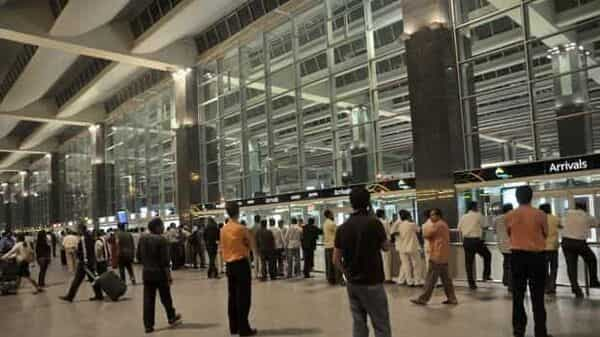[ad_1]
Last week, Mint reported that Fairfax India Holdings Corporation, controlled by Canadian billionaire Prem Watsa, was planning to sell its 54% stake in Bangalore International Airport Ltd (BIAL). For now, Fairfax has denied this, saying it was a “long-term shareholder”. Whichever way it goes, the Bengaluru airport has been a prime asset in Indian aviation as it has competed with its larger peers at Delhi and Mumbai. That’s why Watsa’s moves will be keenly watched.
In the five-and-a-half years of Fairfax at the helm, BIAL has basked in profitable growth and endured a shutdown, and continued with a planned expansion despite some of its cash flows not materializing. Between 2011-12 and 2018-19 (the last full year unaffected by the pandemic), the airport registered higher growth in passenger numbers than Delhi and Mumbai, in both domestic and international segments. Bengaluru’s growth did come on a lower base, though the difference in size is more pronounced in the international segment than in the domestic segment.
As a result of this higher growth, Bengaluru has bridged the gap with both Delhi and Mumbai, especially in the domestic segment. For example, in 2011-12, for every 100 domestic flights that left Delhi, 46 took off from Bengaluru. In 2018-19, this figure for Bengaluru had increased to 61 and was close to matching the 67 of Mumbai, which was constrained by capacity. The pandemic disrupted this time series and business plans. But as Indians take to the skies again, the relative growth of India’s three largest airports—which also intersects with demographic shifts—will be keenly watched.
Crown jewel
In Fairfax India’s portfolio, BIAL is the jewel, be it on size, visibility, returns or value to be unlocked. Fairfax India made its first investment in August 2015. As of 31 December 2021, it had invested $1.79 billion. Given the value of its listed holdings on the stock market and Fairfax’s internal estimates for unlisted holdings (like BIAL), it listed its portfolio’s fair value as $3.34 billion. BIAL accounted for 41% of the portfolio value and 46% of its underlying appreciation.
In September 2021, the sale of a minority stake to a Canadian pension fund valued BIAL at $2.6 billion. Fairfax India expected a subsequent planned listing of a holding company, which hasn’t happened yet, to raise that to $2.9 billion. In its 2021 annual report, it said: “The marketability of BIAL to large pension funds and strategic global airport operators, even as an unlisted company, is very high…we believe that it [true value] could be much higher than $2.9 billion.”
Growth flight
While Delhi and Mumbai airports were privatized in 2006, Bengaluru came up from scratch in 2008. Fairfax took over from GVK Group as the principal shareholder in 2017. The other shareholders currently are Siemens (20%), the government of Karnataka (13%) and the government of India (13%). Airports have two broad revenue streams: aero (what they charge airlines for navigation, parking, ground handling) and non-aero (rentals, shops, advertising). While a split for BIAL is not available, the company that owns the Delhi airport derived 30% of its 2018-19 operational revenue from the aero side and 70% from the non-aero side.
The decade leading up to the pandemic was one of healthy growth for Indian aviation, both airlines and airports. According to Fairfax India, between 2009 and 2019, aero revenues of BIAL grew at a compounded annual growth rate of 16% and non-aero revenues at 17%. It was also highly profitable, earning a net margin of 33-42% between 2016 and 2019, before the pandemic wrecked its numbers.
Funding an expansion
For BIAL, the pandemic came at an inopportune time. In December 2019, it started its second runway. To its first terminal, which handled 33 million passengers in 2018-19, it is adding a second terminal: first phase this calendar (to handle another 25 million passengers) and second phase in 2028-29 (20 million). A tripling of capacity will give it infrastructure to bridge the gap to Delhi and Mumbai further.
In 2018-19, BIAL’s had revenues of about ₹1,440 crore. This was only about 38-39% of Delhi and Mumbai, which lead in international traffic. BIAL, though, does better on profitability.
At the same time, its aero revenues are likely to be lower than expected as the regulator has cleared a smaller increase in per passenger fee that BIAL can charge airlines from 2022-26. Balancing expansion with growth and profitability will test BIAL in the coming years.
www.howindialives.com is a database and search engine for public data
Download The Mint News App to get Daily Market Updates & Live Business News.
[ad_2]
Source link
John Miller has been writing about science, gaming, and tech culture for over a decade. He’s a top-rated reviewer with extensive experience helping people find the best deals on tech and more.



